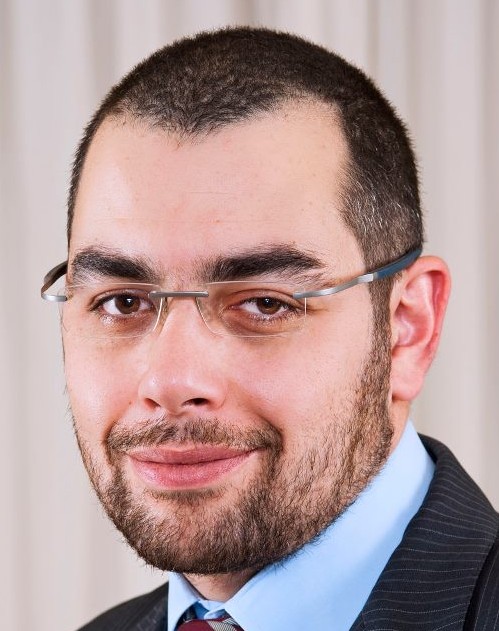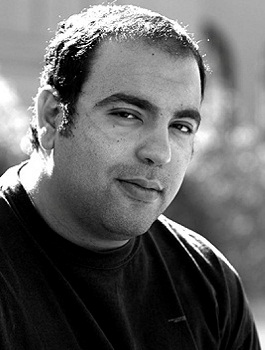The Government of Japan will never discharge “contaminated water” that exceeds regulatory standards into the sea. The water to be discharged is “Advanced Liquid Processing System (ALPS) treated water” that has been sufficiently purified until the concentration of radioactive materials other than tritium is below the regulatory standard and will be further diluted.
After the dilution, the concentration of tritium will be 1/40 of the regulatory standard and 1/7 of the WHO drinking water standard, and the concentration of radioactive materials other than tritium will be less than 1/100 of the regulatory standard.

The assessment of radiological environmental impacts was conducted in line with the international guidelines, taking into account the effect of bioaccumulation and long-term accumulation. It shows that the impact on humans and the environment would be minimal, considering biological concentration and long-term accumulation. The impact on humans is about one-thousandth of the radiation dose received from a single dental X-ray.
Please be fully aware that “contaminated water,” promotes a false understanding and harmful rumours that water released exceeds regulatory standards and adversely affects humans and the environment. We would like you to refrain from using such factually incorrect expressions, even when quoting other news resources, and to publish reports that are based on the facts.
In more detail, we will manage the annual discharge volume of tritium so it will not exceed 22 trillion Bq, which is equivalent to the target discharge management value for the Fukushima Daiichi Nuclear Power Station before the accident. While other countries also discharge tritium into the sea in compliance with their own domestic laws and regulations, the amount of tritium in the ALPS treated water is smaller than the amount of tritium discharged from many nuclear power plants and other facilities in other countries.
There are two different types of water on the Fukushima Daiichi site, and these should not be confused. One is “contaminated water” generated on the site, and the other is “ALPS treated water” which has almost all radioactive materials removed except tritium. What Japan is planning to discharge into the sea is “ALPS treated water” and not “contaminated water.” To avoid public confusion, it is important to have an understanding of the terminology. The IAEA has also pointed out the distinction between these terms.
Simulation of the diffusion of ALPS treated water discharged into the sea shows that the concentration of tritium is higher than that of seawater in the area within 3km of the power station.
Tokyo Electric Power Company (TEPCO) will measure all water before dilution and ensures that water to be discharged into the sea meets regulatory standards before discharge.
The IAEA Task Force, comprised of experts from the IAEA Secretariat and 11 international experts, will conduct corroboration of monitoring by TEPCO. The IAEA Task Force is comprised of internationally recognized experts from 11 countries including our neighbouring countries appointed by the IAEA; Argentina, Australia, Canada, China, France, Marshall Islands, Republic of Korea, Russian Federation, United Kingdom, United States, and Vietnam.
Shimizu Kazuhiko is a Councilor of the Embassy of Japan in Egypt



